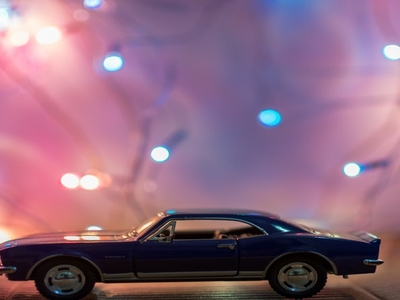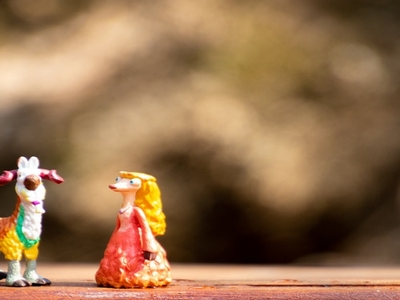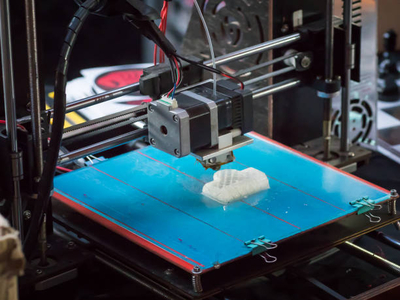How long does it take to 3D print a miniature?
This is a question on the minds of many 3D printing enthusiasts with an answer that can vary significantly depending on the printer, size of the project, and the level of detail.
In this blog post, we will look at some of the factors that influence how long it takes to 3D print a miniature and provide some ballpark estimates.
factors that Affect How Long it Takes to Print a 3D Miniature

While it typically takes anywhere from 30 minutes to several hours to print a miniature, there are a number of factors that can affect the overall print time.
Size Of The Miniature
One of the main factors in determining how long it takes to 3D print a miniature is the size of the model.
Generally, larger models will take longer to print than smaller ones because larger models require more time to fill up with plastic, and have more layers and more surface area for the printer’s head to move across.
Type Of Printer
The type of printer being used can also affect 3D printing times, with high-end industrial printers able to print a miniature, regardless of size, much faster than a lower-end home printer.
If you are looking to print 3D miniatures quickly, it is best to use a high-end industrial printer.
However, if you are not in a rush, a lower-end 3D home printer will do the job just fine.
Level Of Detail
Another critical factor in how long it will take for your miniature to print is the level of detail in the model.
A model with many small features or detailed information will take longer to print than a simpler one as the printer has to make numerous passes over the same areas to create all of the tiny features.
Settings, Filaments, And Post-Processing
Different printers and filaments have different optimal settings for printing speed vs quality.
The type of printer being used and the settings that have been chosen for the print job will also affect printing time.
For example, models that require post-processing (such as painting or assembly) will also take longer to print than those that do not.
How Long Does it Take to 3D Print a Miniature? Estimates

These are just a few ballpark estimates. Print time will vary depending on the printer, filament, and settings.
- Simple Miniature: around 15 minutes
- Detailed Miniature: about 30 minutes to an hour
- Large Miniature: several hours, depending on the size and complexity of the piece
Using a lower resolution or infill can help reduce printing time, while more precise resolutions, intricate designs, or larger pieces will take longer.
Ultimately, it is up to individual users to experiment with different factors and different settings to find what works best for them.
- A regular human miniature might take anywhere between 4 and 8 hours to print.
- An elf or other slender humanoid figure might take a bit less time, around 3 to 6 hours.
- A prominent, bulky figure like an ogre or troll could take 12 hours.
- A very small figure like a mouse or bird might only take 1 hour or 2.
Check out this video on printing 3D miniatures on an FDM printer:
3D Printing Types & Speed

Different technologies are used in additive manufacturing (AM), or three-dimensional (3D) printing.
Each technology has its range of applications and associated recommended speeds to print a given design.
The table below outlines some of the different types of AM technology along with their general build speeds:
- Stereolithography (SLA): 0.05 – 0.15 (mm/hr)
- Fused Deposition Modeling (FDM): 0.40 – 0.80 (mm/hr)
As you can see, there is quite a range in build speeds for different types of AM technologies.
For example, stereolithography (SLA) technology is well suited for intricate prints with smooth surfaces, while Fused Deposition Modeling (FDM) is ideal for more significant parts or complex geometries.
Print speed is also affected by the size and complexity of the printed design, as well as the settings that are chosen on the printer.
Small prints using SLA technology may only take a few minutes to complete.
However, large or more intricate prints can take several hours to finish.
Read our related article on the Best FDM 3D Printer. We tested the top FDM printers to help you choose the right model for your prints!
Conclusion
How long does it take to print a miniature?
It all depends on the size and complexity of the design, the type of printer being used, and the printer settings you choose.
Smaller and simpler prints can be completed in just a few minutes, while more extensive and complex prints can take several hours.
So now that you know all this, what are you waiting for? Get out there and start printing those minis!
READ MORE